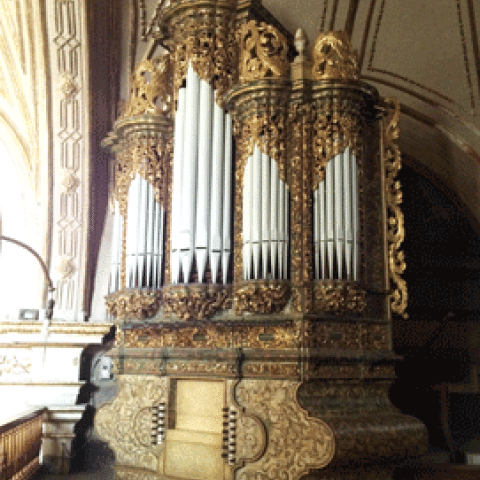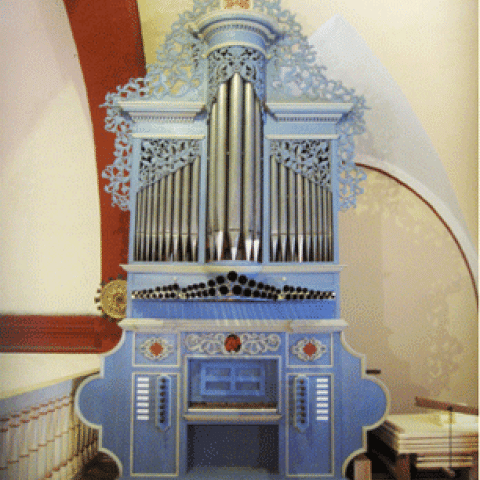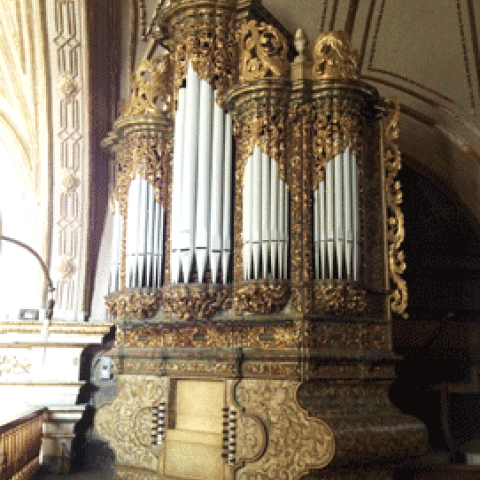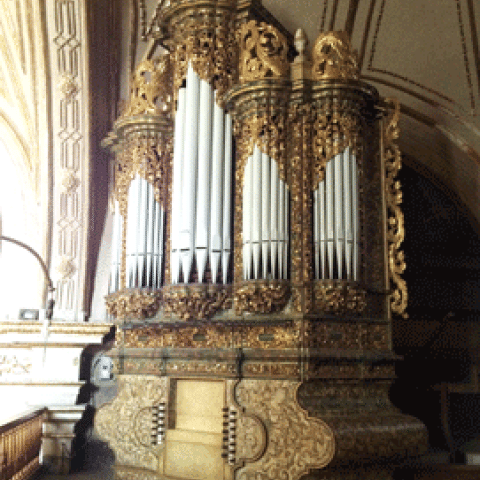
Cicely Winter, director of Instituto de Órganos Históricos de Oaxaca, Mexico, announces publication of her book, Música Regional Oaxaqueña de ayer y hoy, containing transcriptions of music for organ and piano.
The book includes 24 scores of songs and dances, mainly from the Guelaguetza, Oaxaca’s annual folk dance festival, as well as information about each piece, photographs by the publisher Claudio Sánchez of the dances or the corresponding regions, lyrics of the songs, and biographies of the composers.
For information: iohio@iohio.org.mx.






